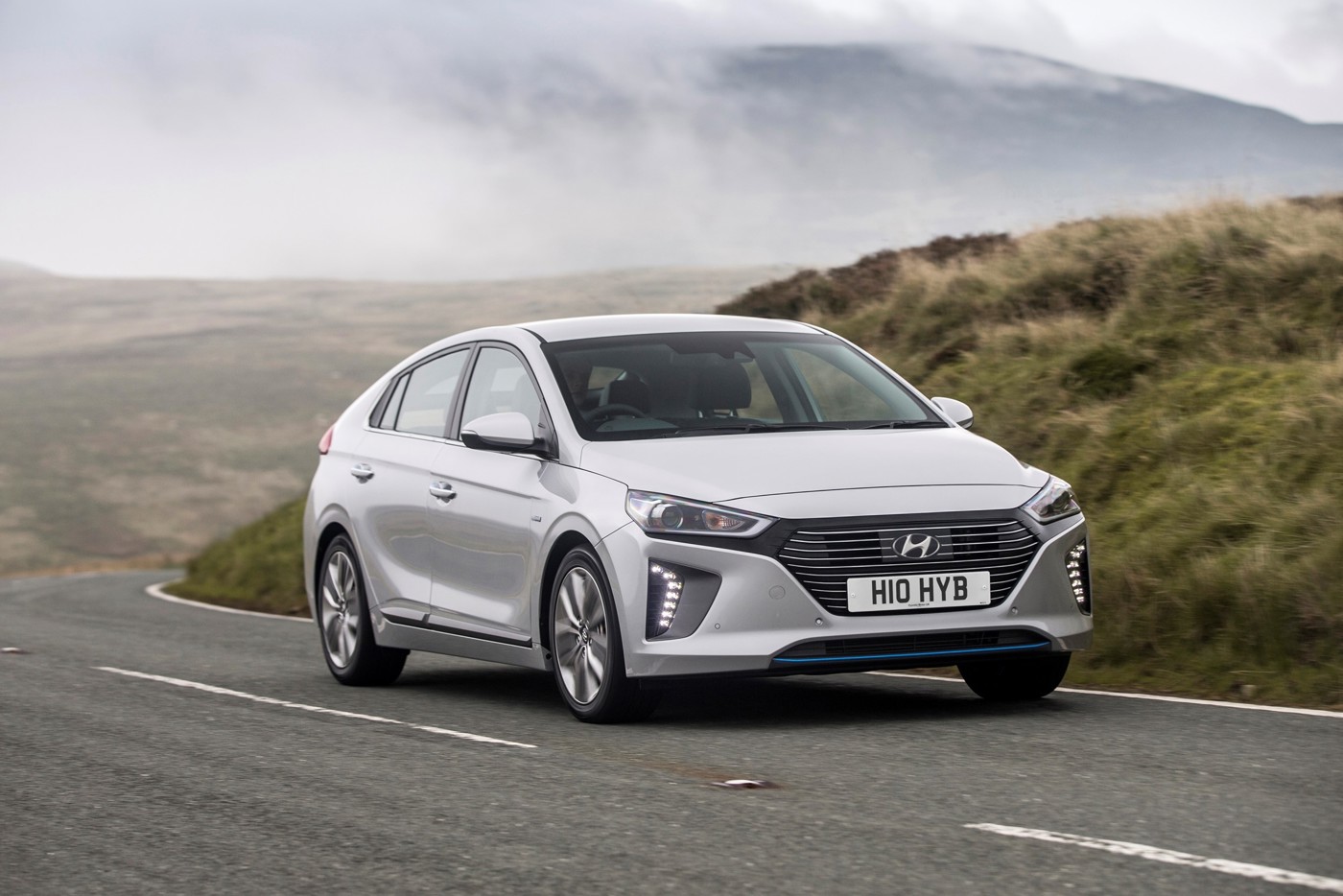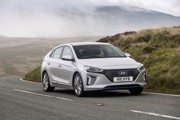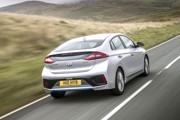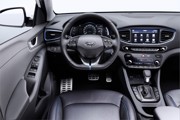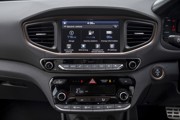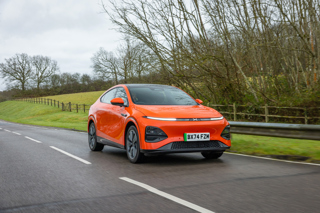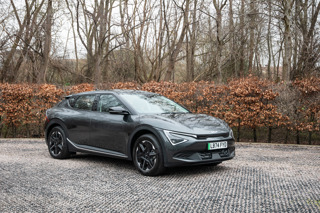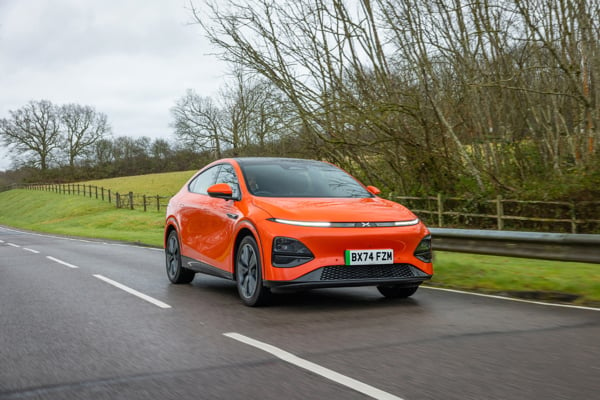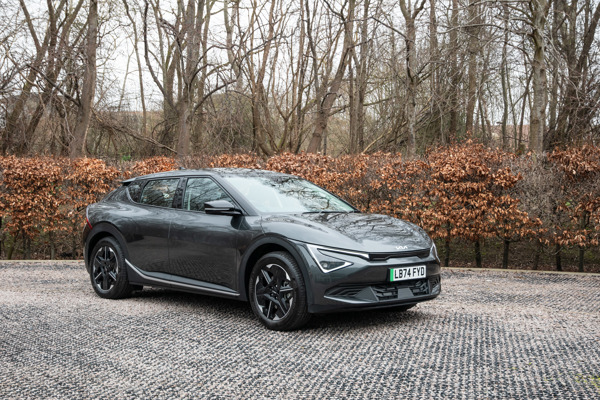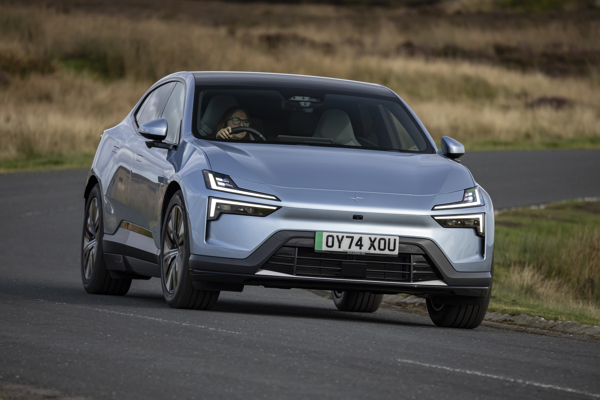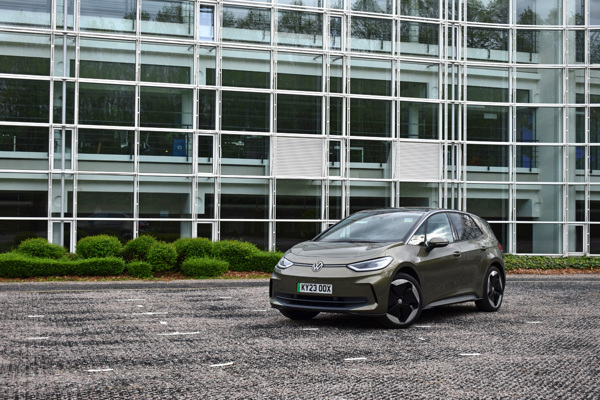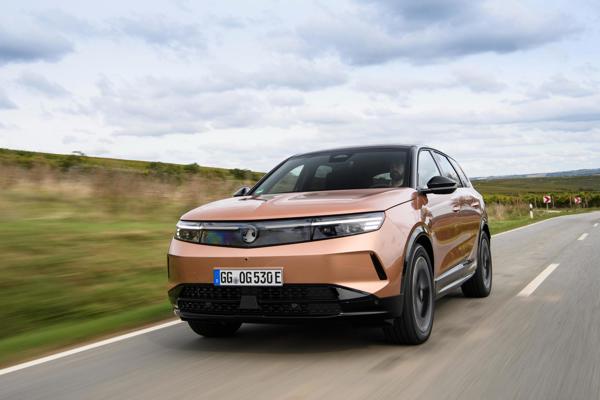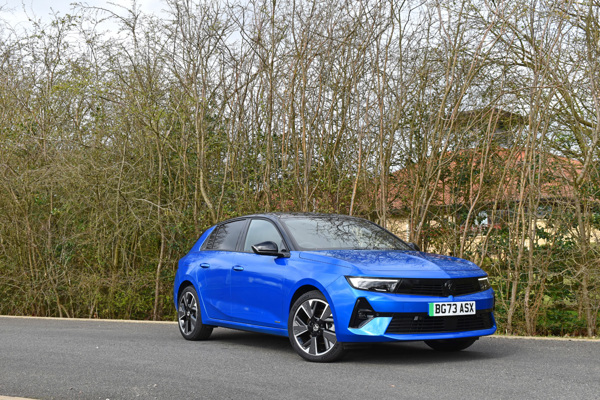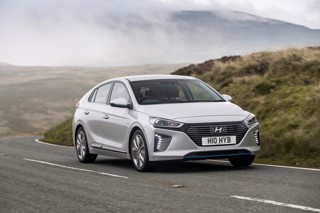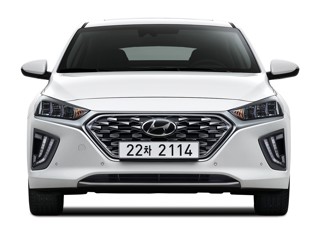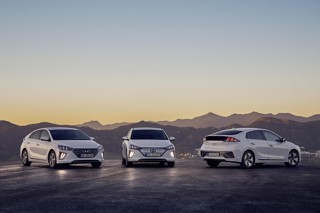Review
When the Hyundai Ioniq was launched in 2016, it was the first car planned from the outset to offer three electrified drivetrains – hybrid, plug-in hybrid and pure electric.
The rapidly evolving electric vehicle (EV) industry has moved on a long way since. The Ioniq Electric – in particular – led the pack then, being named best plug-in car (0g/km) in the 2017 Fleet News Awards. However, newer rivals have caught up and, in some instances, overtaken it.
The 2019 refresh has seen the Ioniq range re-establish its position towards the top of the class.
It continues to be available with all three powertrains. The plug-in hybrid and hybrid retain the electrified 1.6 GDi petrol engines from the previous models, but now feature driver-controlled, regenerative braking.
The PHEV’s 8.9kWh battery will now recharge from empty to 100% within two hours and 15 minutes, and offers an electric-only range of up to 39 miles (unchanged from the old model).
The hybrid has CO2 emissions starting at 84g/km and official WLTP combined fuel economy of 62.8mpg; the PHEV offers 26g/km and 256.8mpg. P11D prices begin at £22,640 and £29,895 (before the Government’s plug-in grant) respectively.
However, the star of the show – and the one we drove at a launch event – is the Ioniq Electric.
Now with a P11D price from £32,895 (up from £30,695), its battery is upgraded from 28kWh to 38.3kWh, increasing range by 20 miles to 194.
The motor delivers a maximum power of 136PS and the car is fitted with a 7.2kW on-board charger – increased from its predecessor’s 6.6kW – for Type 2 AC charging. Using a 100kW fast charging station, the battery can reach 80% in 54 minutes.
Exterior changes to Ioniq Electric include an updated front bumper and grille, while the LED daytime running lights and newly-available LED head and taillights have been redesigned.
The spacious cabin has also had a makeover, with a redesigned dashboard featuring upgraded materials, updated instrument cluster and a new 10.25-inch widescreen infotainment screen.
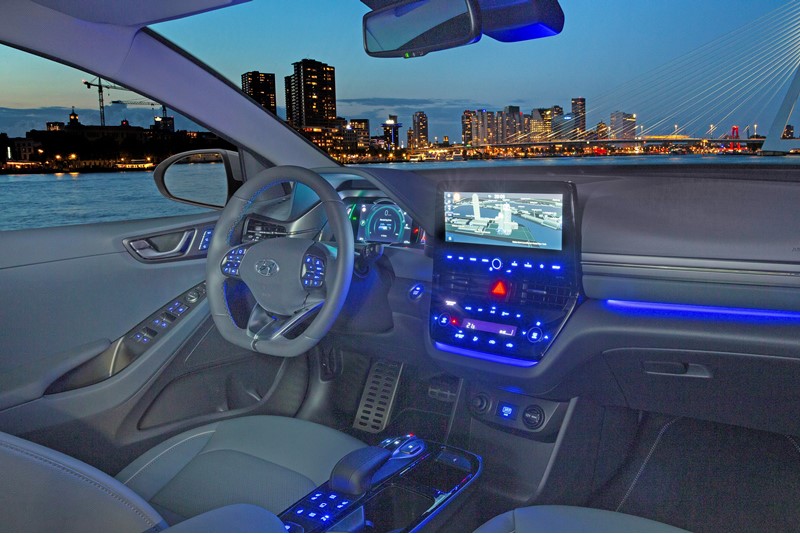 These changes significantly freshen up the car’s appearance, with the new touchscreen, in particular, adding an upmarket feel.
These changes significantly freshen up the car’s appearance, with the new touchscreen, in particular, adding an upmarket feel.
This is reflected on the road, because – as you may expect – the Ioniq Electric offers an impressively quiet and refined drive, while the suspension comfortably soaked up any bumps we came across.
Ioniq is also the first car to feature the Hyundai Bluelink connected car service, which allows drivers to remotely control a range of functions such as air conditioning. The app also allows Ioniq Electric owners to remotely control and schedule charging.
Android Auto and Apple CarPlay are standard, while all Ioniq models are equipped with the Hyundai Smartsense technology package, which includes front collision warning and avoidance assist with pedestrian detection, as well as a new cyclist detection ability and driver attention warning.
Overall, it’s an impressive package. At the launch, Hyundai Motor UK managing director Ashley Andrew told Fleet News steps had been taken to ensure that there would be no repeat of the supply issues which have beset the Kona EV.
If this pans out, then Ioniq Electric has all the qualities to be a major hit with UK fleets.
Specs
| Manufacturer | Hyundai |
| Model | IONIQ |
| Specification | IONIQ Hatch 5Dr 0.0Electric 38.3kWh 136 Premium SE Auto 20MY |
| Model Year | 0.00 |
| Annual VED (Road tax) | £0 |
| BIK List Price | £34,995 |
| CO2 | N/A |
| BIK Percentage | 1% |
| Insurance Group | N/A |
| CC | N/A |
| Fuel Type | Electric |
| Vehicle Type | Small family car |
| Luggage capacity (Seats up) | 5litres |
Running Costs
| P11D | £34,995 |
| Insurance group | N/A |
| Fuel Type | Electric |
| Cost per mile | 96.84ppm |
| Fuel | 3.29ppm |
| Depreciation | 92.48ppm |
| Service maintenance and repair | 1.07ppm |
Rivals
Info at a glance
-
P11D Price
£34,995
-
MPG
N/A (WLTP) -
CO2 Emissions
N/A -
BIK %
1% -
Running cost
3 Year 60k : N/A 4 Year 80k : N/A -
Fuel Type
Electric



